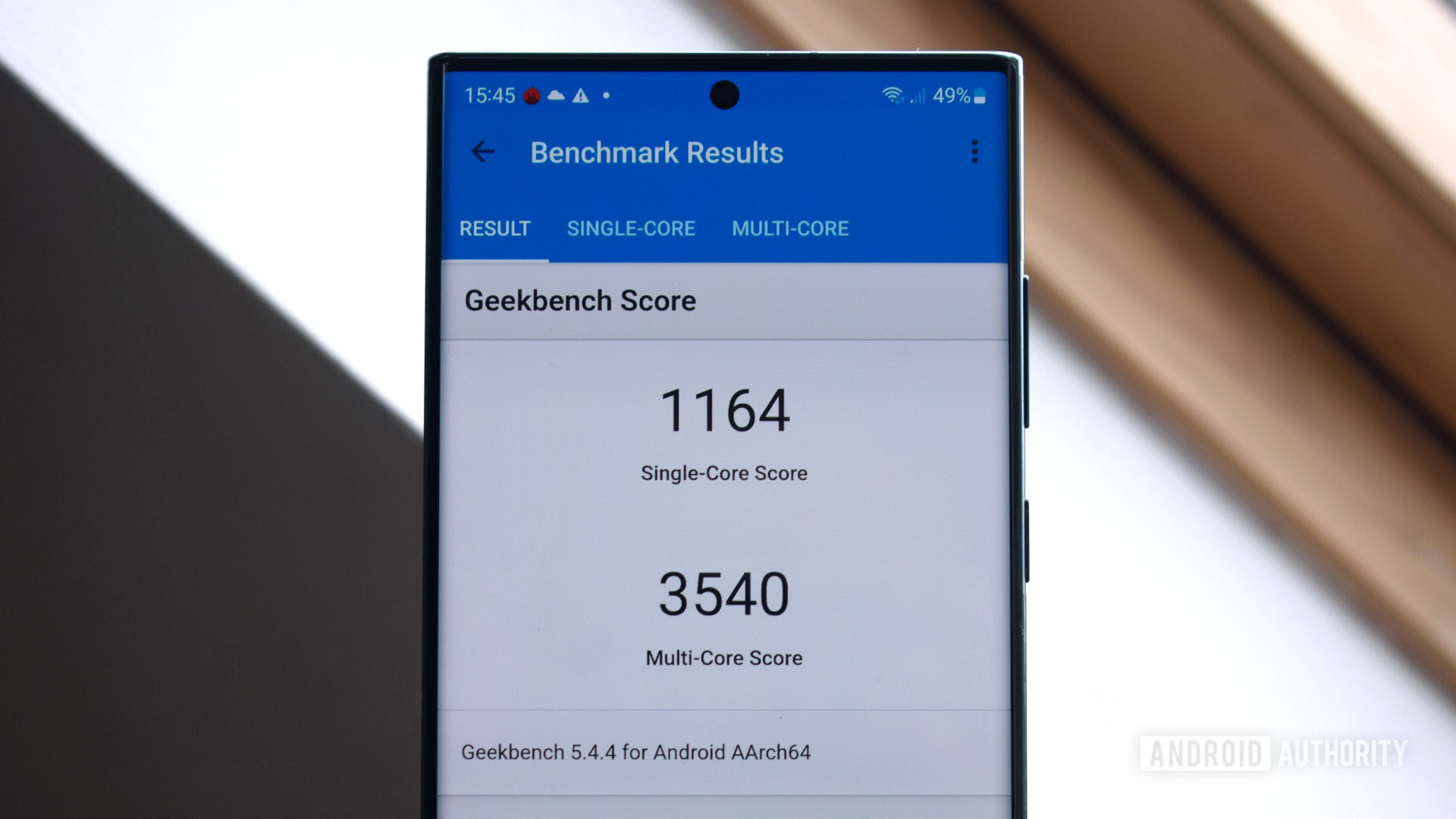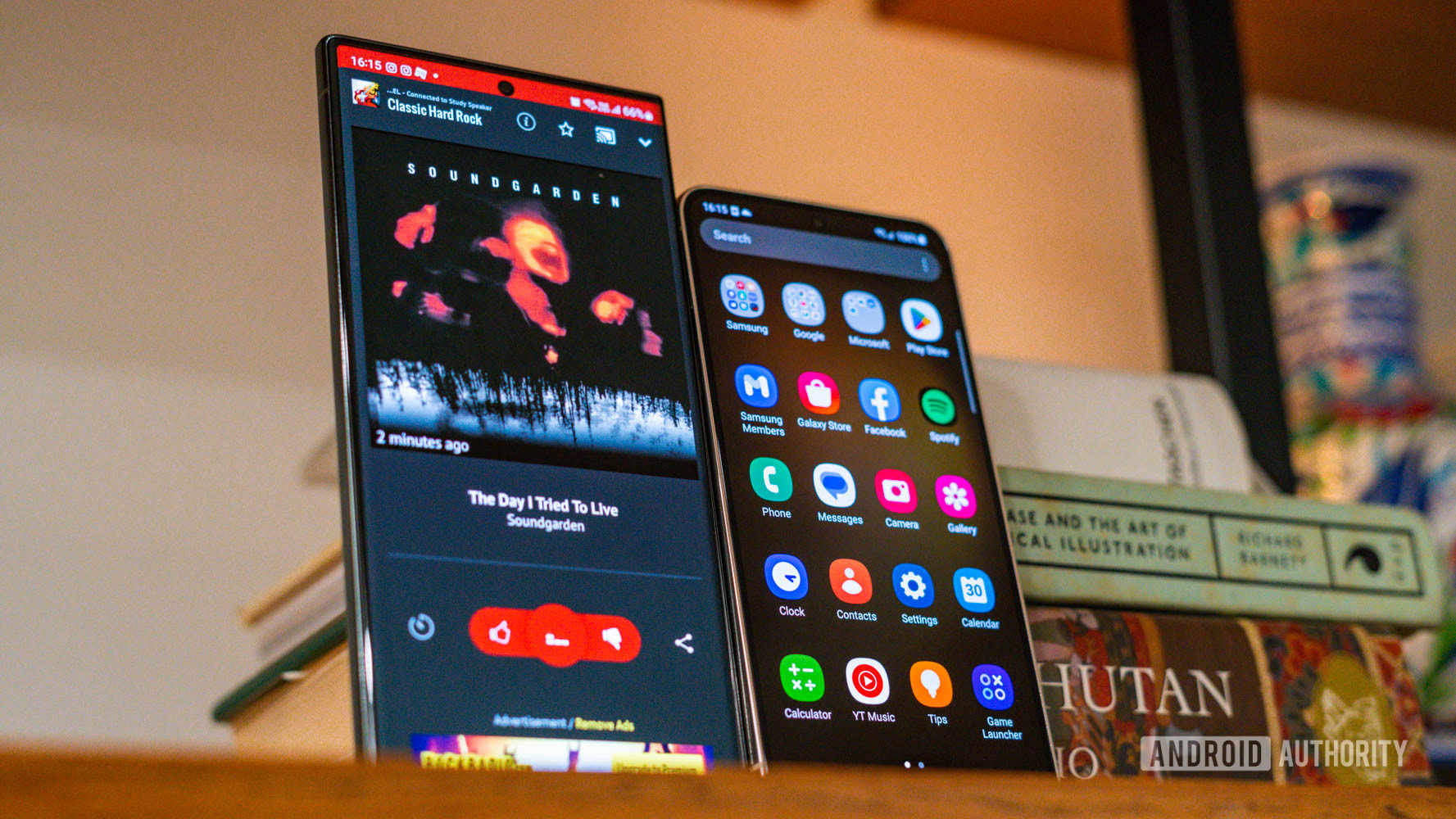Exynos 2400: What You Should Know About Samsung's Chipset Return

Robert Triggs/Android Authority
After a long history in the custom mobile processor game, Samsung has unexpectedly dropped the Galaxy S23 series Exynos chipset, opting to exclusively use Qualcomm's Snapdragon chip, "Snapdragon 8 Gen 2 for Galaxy" to be exact. While unconfirmed, difficult development and questionable performance were the most likely reasons for Samsung's decision.
With the semiconductor shift done right, rumors are circulating that Samsung is preparing to get back into the chipset business sooner than expected with its Exynos 2400 mobile processor. Publicly available information to piece together what we can expect from Samsung's next flagship chip.
Will there be an Exynos 2400 processor and when will it arrive?
Samsung has historically introduced new processors with the arrival of its new generation flagship smartphones. Samsung's latest mobile processor was the Exynos 2200 from the Galaxy S22 series. The Exynos 2300 was supposedly meant for the S23 series, but that passed, leaving us with the Exynos 2400 for the Samsung Galaxy S24 series in early 2024. At least according to a growing number of internet rumours.
The Galaxy S24 is rumored to be powered by Exynos, but that's far from the case.
Originally, Samsung was expected to skip a few generations as part of its semiconductor restructuring. We may not see the Exynos 2400 at all; This could be a rumor or information leak about a non-consumer domestic product. If the Exynos 2400 arrives, we still expect Samsung to offer Snapdragon-based phones in most parts of the world, as the two brands have an ongoing partnership.
With that in mind, we could see a geographically limited release of the Exynos, such as South Korea only, and it could be limited to the base model Galaxy S24, or the chip could appear in a completely different product as Samsung's ambitions are revisited. In any case, the geographical rivalry between Exynos and Snapdragon could start all over again.
What features will Exynos 2400 have?
We're still a long way from a possible launch of the next Samsung smartphone, but that hasn't stopped the rumor from generating a lot of initial specs. This is what we've been waiting for so far.
The latest Arm Cortex processors
Rumors are already flying with possible specs, some of which we can expect after industry news. The Exynos 2400 will almost certainly use the latest Arm CPU cores, ensuring that the CPU is competitive against the competition. The processor is said to be configured in a rather strange configuration of 1 + 2 + 3 + 4 for a total of 10 cores.
The Exynos 2400 processor will consist of a high-performance Arm Cortex-X4 clocked at 3.1GHz, two Cortex-A720 cores clocked at 2.9GHz, another A720 core clocked at 2.6GHz, and four Cortex-A. 2.6 GHz. - Efficiency of the A520. At 1.8GHz. Interestingly, this differs from the Qualcomm Snapdragon 8 Gen 3's alleged 1+2+3+2 eight-core arrangement. It's also possible, though unlikely, that we won't see cache differences between the two Cortex clusters -A720 . This being Samsung, this low-level information will be broken down.
The move to the latest ArmV9.2 cores means that the Exynos 2400 will be 64-bit only. Almost the entire Android ecosystem has moved to 64-bit anyway, with the Play Store offering 64-bit apps since late 2021, and Chinese stores have also recently moved. This change is unlikely to have a major impact on the user experience, except for some older apps that may stop working.
Next generation AMD graphics

Robert Triggs/Android Authority
The highlight of the Exynos 2200 was the Xclipse 920 GPU, built on AMD's RDNA 2 graphics architecture. With ray tracing capabilities that outpace the competition in benchmarks, this first attempt showed promise and it's a shame it didn't fare well. in 2023.
The Exynos 2400 is said to feature a more powerful RDNA 2 implementation, called the Xclipse 940, and double the number of GPUs. It probably won't increase performance even 2x, although there are clock speed tweaks to consider as well. However, all of this points to a significant increase in player performance that can close the gap and potentially kick-start the competition. Depending on your competitor's next generation profits, of course.
It is important to note that the RDNA 2 architecture contains ray tracing accelerators in each compute unit. Exynos already seems to have a good lead here, and its next-generation chip could push Samsung ahead of the competition in this regard.
State-of-the-art modem and artificial intelligence
AI is the big buzzword of 2023 and Samsung will undoubtedly make improvements here. AI operations per second, which in themselves are meaningless, are said to reach 44 TOPS. Reports suggest that this number doesn't quite match the Snapdragon 8 Gen 3's 60 TOPS, but it all depends on what operations can be performed, supported bit depths, and how effective the NPU is versus CPU activity.
On the network side, Samsung announced the Exynos 5300 modem in early 2023, with key features such as 10Gbps download speeds and 3.87 upload speeds. This part is said to go to the Google Tensor G3, but it looks quite similar to the capabilities already touted by the Exynos-powered Galaxy S22 modem. However, it does have an additional two-way satellite communication technology, which we think the S24 will catch up with. We also expect future Exynos modems to go even further, possibly with advanced carrier aggregation technologies, improved power efficiency and other features in the new 3GPP 5G v18.
Finally, the Exynos 2400 supports ultra-fast UFS 4.0 memory, up to 8.5Gbps of LPDDR5X RAM, as well as 320MP images and 8K60 video support via an image signal processor. Whether all of these features will be supported by the Galaxy S24 remains to be seen. Samsung has a habit of reducing certain capabilities to ensure equal functionality when using multiple chips.
What we want to see from Exynos 2400

Dhruv Butani / Android Authority
As a potential foothold for Samsung's next flagship smartphone, there are a few things we really want Samsung to fix with the Exynos 2400, at least in some areas.
No limits, maximum performance
At the top of every Exynos fan's wish list will be realizing the potential for next-gen performance in the real world. Despite many promises on paper, previous Exynos models have struggled to keep up with the competition in terms of retail devices.
In the case of the Exynos 2200, the poor performance of Samsung Foundries' 4nm production node didn't help. The high temperatures caused Samsung to reduce the performance of its chip, which caused the game's frame rate to drop after a very short time. A similar problem affected the Snapdragon 8 Gen 1, also based on Samsung's 4nm process, but Qualcomm turned to rival foundry TSMC to fix the problem in later chips.
Overheating has been the cause of previous Exynos issues, and we really don't want to go back to that.
Samsung Foundries has upgraded to an improved fourth-generation 4nm node and is preparing the second-generation 3nm process for mass production, which Samsung says is up to 22% faster and up to 34% more energy efficient than to the previous generation of 4nm. The Exynos 2400 will almost certainly be manufactured on one of their newer nodes, although some reports point to the latest 4nm node instead of the 3nm node. Hopefully this will erase the performance issues from history, but we won't know until we get our hands on some silicon.
No more Exynos vs. Snapdragon's compromises don't
One benefit of Samsung's move entirely to Snapdragon is that nobody lacks performance or features depending on where they live. All Galaxy S23s work the same way, and we certainly don't want to go back to the old days with the S24 series.
While differences in chipsets inevitably lead to differences in performance, the bottom line is that most user experiences are identical. That means long-lasting gaming performance, image quality, AI capabilities, and network stability in equal measure. If this is not the case with Exynos 2400 vs. the Snapdragon 8 Gen 3 no, the limited edition will be better until the range is no longer comparable.
There is still a long way to go before Samsung introduces the Galaxy S24 series and the Exynos 2400 could be one of the more interesting parts of the announcement. Of course, if Samsung is actually working on the chip for a commercial version. There are still many unfinished business.
What else can you expect from the Exynos 2400 processor?
168 votes


